The FAA’s discretionary enforcement period for Remote ID is now over. This means that all drones requiring registration or already registered must have Remote ID. Let’s delve into some details.
I wanted to provide a quick recap of Remote ID due to prevalent confusion. We’ll discuss what it is, who needs to comply, how it works, and how you can ensure your drone complies. Lastly, we’ll check if your drone is already compliant.
What is Remote ID?
Firstly, what is Remote ID? You might wonder. The FAA defines Remote ID as the digital “license plate” for your drone. It’s a technology that allows the FAA, law enforcement, and the general public to identify drones in flight. The regulation is outlined in 14 CFR Part 89, a document worth reading if you’re seeking detailed information at bedtime.
Who Must Comply with Remote ID
Who must comply with Remote ID regulations? Any unmanned aircraft that requires registration or is registered must comply with Remote ID. This includes all aircraft under 55 lbs operated under Part 107, as well as all aircraft over 250 grams flown for recreational purposes.
Notably, if your drone is under 250 grams and flown recreationally, it does not need registration, and thus, Remote ID is not required. However, if the drone exceeds this weight upon takeoff, for instance, by adding a light or prop guards, it then requires registration and Remote ID.
Unmanned aircraft operated for public safety must also comply, a detail often overlooked. Federal government agencies are exempt from Remote ID, but state, local, or tribal agencies are not. Additionally, drones operated for aeronautical research, which is very specific, are exempt.
What Kind of Information Does Remote ID Broadcast?
What kind of information does your drone transmit? There are two types of messages, depending on how your drone complies with Remote ID. Drones with integrated Remote ID, known as standard Remote ID drones, transmit the drone’s serial number, latitude, longitude, altitude, velocity, and the control station’s location.
They also send an emergency status and a time mark. If your drone lacks integrated Remote ID, you’ll need a Remote ID module, which sends similar information but indicates the takeoff location instead of the pilot’s location, lacks emergency status information, and includes a time mark.
How Does Remote ID Work?
How does it work? Imagine your drone as a Wi-Fi router. Once airborne, it broadcasts a signal, using Wi-Fi or Bluetooth, that can be received on a smartphone by law enforcement, the FAA, and the public through a specific app. This allows them to access the aforementioned information.

Regarding the Remote ID module, if you own an older drone without integrated Remote ID, you’ll attach this module before flight. The module’s serial number must be linked to your drone’s registration record. This can be confusing, so we’ve prepared a detailed video to assist you.
What are FAA-Recognized Identification Areas (FRIAs)
If your drone isn’t compliant and you prefer not to purchase a module, you can fly in FAA-Recognized Identification Areas (FRIAs), essentially Remote ID-free zones typically associated with community-based organizations. However, these areas are limited.

Does Your Drone Comply with Remote ID?
Wondering if your drone complies? The FAA website can help. Search by drone type and manufacturer, filtering by Remote ID, not operation over people. Why a new video on this topic? The FAA postponed enforcement to give people more time to comply, especially due to module delays.
The deadline was March 16, and non-compliance now risks FAA fines. This underscores the necessity of Remote ID for all drones requiring or already registered.
We’ve tested numerous modules since our last update, providing a current list for consideration based on features and price. For more insights and updates, stay tuned for our next video.


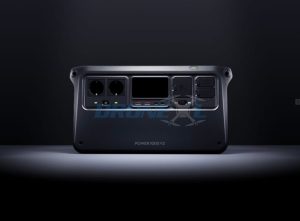



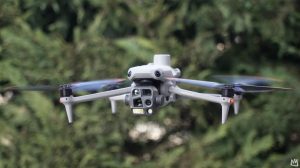

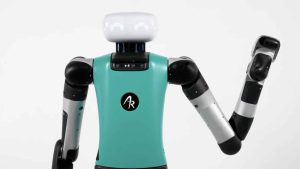
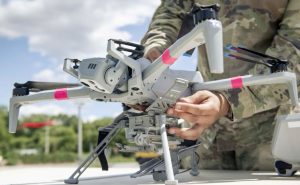



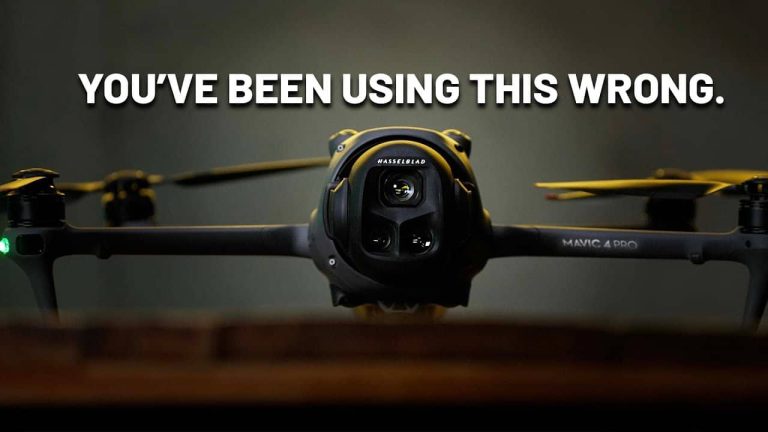



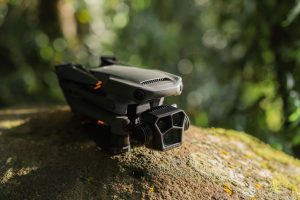
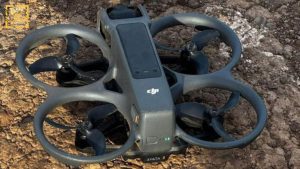

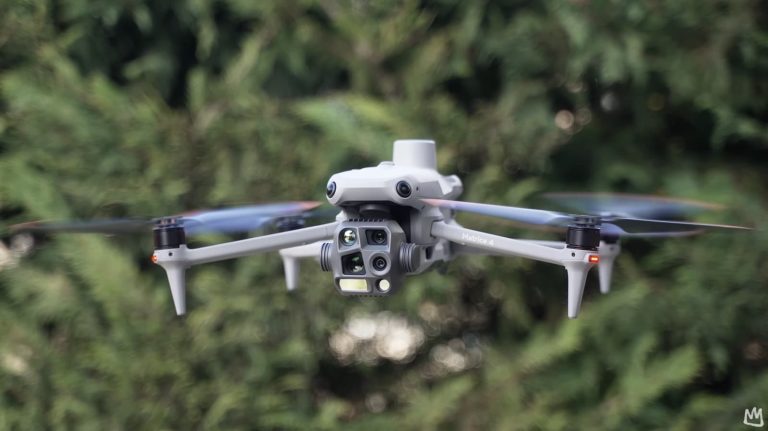

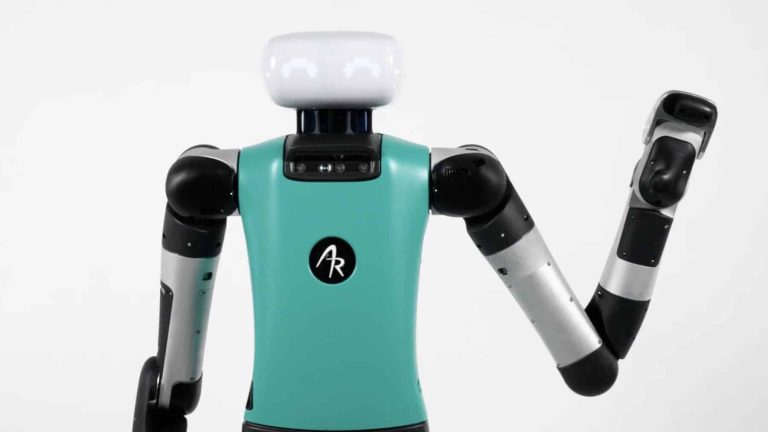

+ There are no comments
Add yours